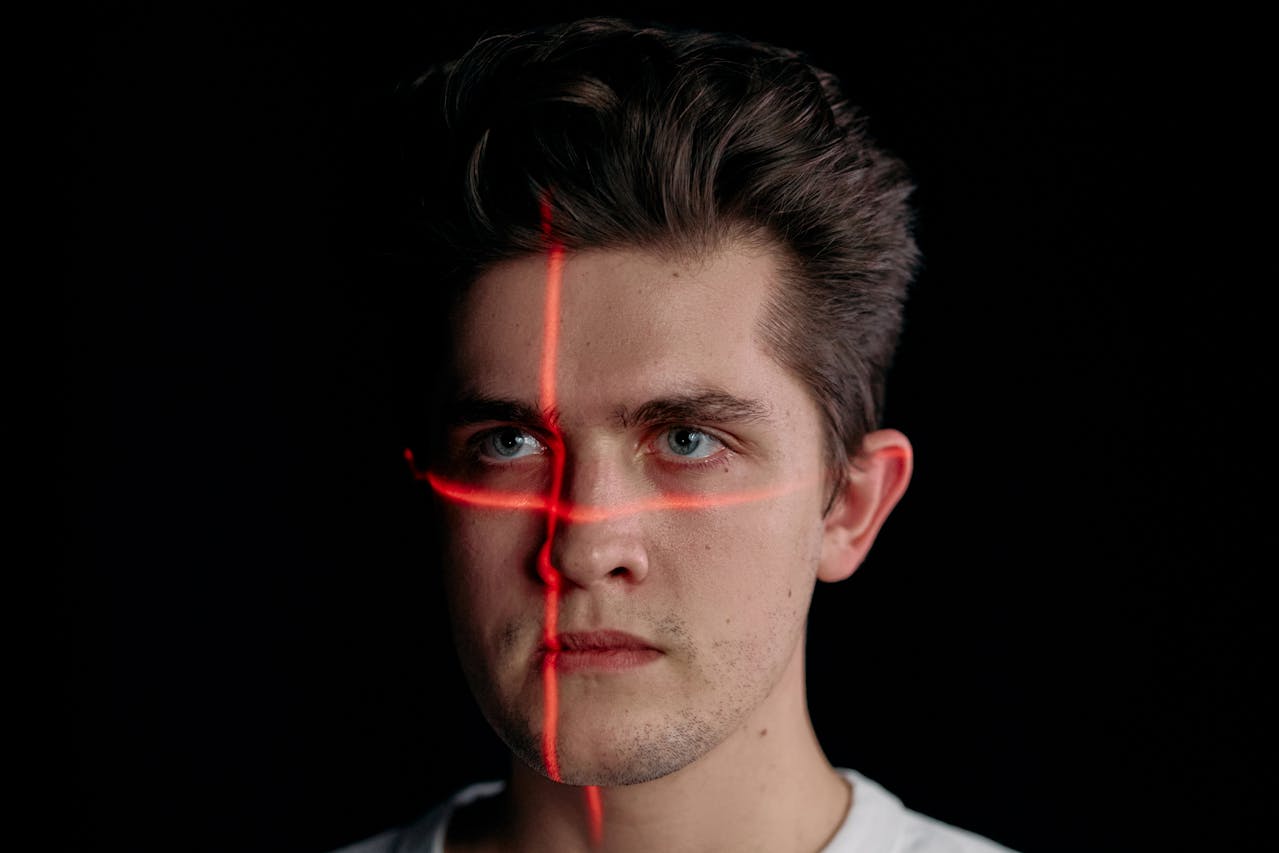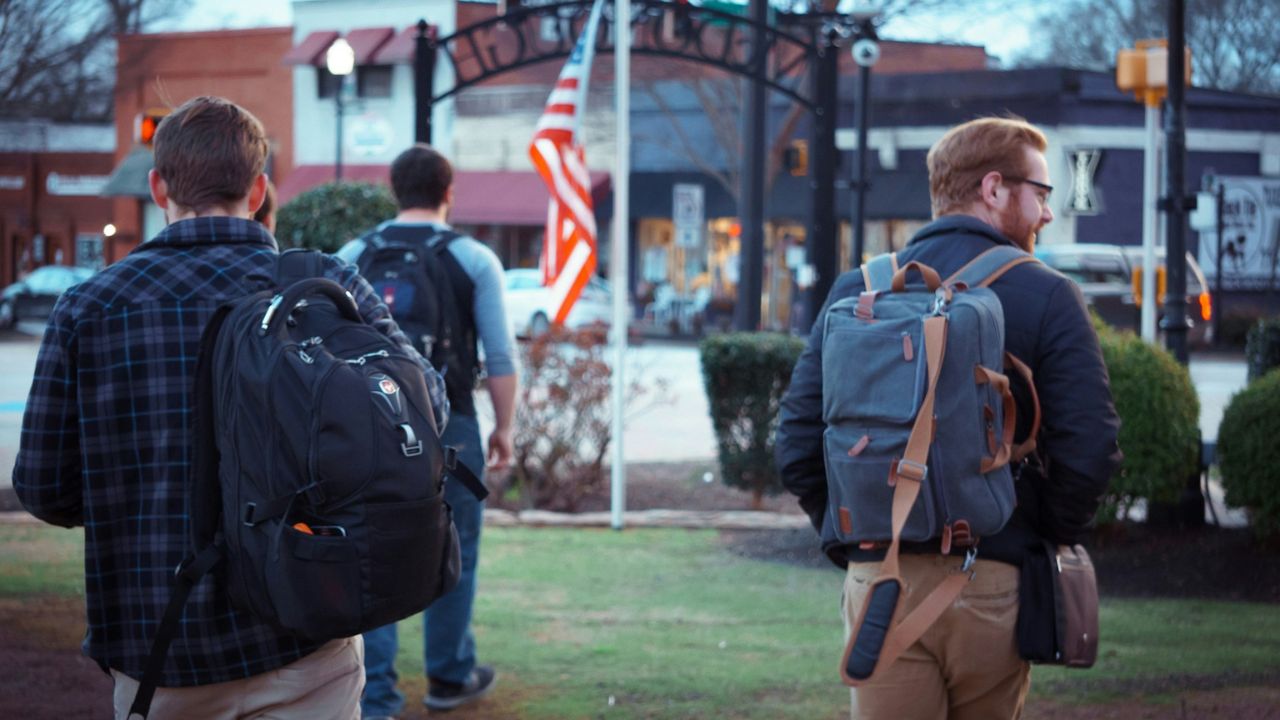At first glance, the camera at the checkpoint looks harmless. It blinks, you pause, the screen flashes green, and you are through. No digging for your ID, no awkward fumbling. But as biometric systems move from pilot experiment to default expectation at U.S. airports, more travelers are stepping back and asking a basic question: what exactly are we trading for those smooth seconds at the podium, and who gets to decide?
Here is the thing: unlike a bag search, a facial scan is not just a moment. It creates or confirms a data point that can live, move, and combine with other records in ways most passengers never see. Officially, agencies frame face scans as limited, secure, tightly regulated. Civil liberties groups, technologists, and a growing number of ordinary travelers are no longer convinced, especially as federal reports flag gaps in oversight, transparency, and real-world accuracy.
The Quiet Expansion Behind The Checkpoint

Facial comparison started as a narrow tool: verify noncitizens at entry and exit, catch impostors, log overstays more efficiently. Over time, it has spread into airline boarding gates, TSA lanes, and automated kiosks that invite, or nudge, travelers to stare into a lens instead of handing over a passport. The architecture is framed as modern identity verification wrapped in convenience language, but its reach keeps growing.
Most U.S. citizens are told participation is optional. In practice, those notices are easy to miss, and the opt-out script depends on how informed and patient the officer in front of you happens to be. That is what worries many travelers: a technology with surveillance potential is expanding in environments where saying no feels socially costly, confusing, or risky, even when the rules say otherwise.
Why Travelers Are Pushing Back

The first fault line is consent. Genuine consent needs clear notice, real alternatives, and no penalty for declining. At many checkpoints, signage is tiny or vague, announcements race by, and the tablet is already angled toward your face before anyone explains what is happening. People sense the difference between an informed yes and being swept into a process they did not choose.
Then there is data retention. Agencies insist that scans of U.S. citizens are usually deleted in short order, while images of noncitizens feed long-term systems. The word usually does heavy lifting. Travelers see expanding databases, evolving policies, and the basic reality that once a biometric template exists, future lawmakers or agencies can try to reuse it in ways no one mentioned at the gate.
Mission creep sits close behind. A tool deployed to verify identity can, with small policy shifts, help track movements, link records across agencies, or scan crowds. ACLU attorneys and other advocates have spent years mapping this trajectory: what begins as a convenience program at airports can normalize facial recognition far beyond them if no hard limits are locked in.
Finally, people are simply uncomfortable with their faces becoming passwords they cannot change. You can replace a compromised ID number. You do not get to reset your bone structure.
Optional On Paper, Awkward In Practice
On paper, TSA lanes that use facial recognition must allow travelers to opt out and present physical ID instead. That sounds simple enough: just say, I prefer not to use the camera, and move on. In reality, opting out can feel like stepping out of line socially, even when you stay in line physically. Harried passengers read your refusal as delay. Some staff nod confidently; others appear surprised.
This fraying at ground level is why so many privacy-conscious travelers are uneasy. A right that depends on how self-assured you are, how much time you have, or how much pushback you are willing to absorb is not a stable safeguard. People are saying no not only to the scan itself, but to the slow slide from voluntary tool to unspoken requirement.
False Matches, Bias, And Who Carries The Risk

Even as algorithms improve in lab settings, federal watchdogs keep underlining the missing piece: rigorous, public evidence of how these systems perform on real travelers with real-world lighting, motion, and demographic diversity. When the system guesses wrong, the burden does not fall on the camera. It falls on the person flagged.
Communities that already experience disproportionate stops and searches have good reason to be skeptical. Studies and audits have documented higher error rates for people of color, women, and older adults in some facial recognition systems. That technical gap ripples into lived experience: extra questioning, missed flights, or repeated scrutiny for travelers who did nothing except not match the model as cleanly as others.
For families, the risk is not abstract. A false match involving a parent or teen at the checkpoint can derail tight connections or raise frightening questions none of them are equipped to argue in the moment. Even when issues are resolved, people remember the feeling of vulnerability in a place where the system is presumed infallible and their voice is not.
These stories circulate fast. Travelers talk. A single confusing or humiliating encounter can convince an entire circle of friends or colleagues to opt out by default, not because they dislike technology, but because they want power over how it touches their lives.
When Convenience Starts To Look Like Conditioning
Face scans are marketed as efficiency upgrades that shave seconds off every interaction. For frequent flyers, that promise hits a real pain point. But scale that up and you see the deeper concern: a generation of travelers trained to accept biometric checkpoints in every high-value space simply because it feels quicker than the alternative.
People are asking: if I normalize handing my face to an airport, what stops the same logic from hardening in stadiums, campuses, transit hubs, or workplaces. Not in a science fiction sense, but in the quiet way habits form. Every painless scan chips away at the instinct to question where that data goes, who profits from it, and what happens when political winds change.
The Law Has Not Caught Up Yet

So far, much of the restraint on TSA and CBP biometric programs rests on internal policies, privacy impact assessments, and agency promises rather than strict, permanent legislative guardrails. GAO reports have pushed DHS to tighten documentation, testing, and oversight, but also flagged unresolved privacy and transparency weaknesses that Congress has not fully addressed.
Recent proposals, including the Traveler Privacy Protection Act, try to harden the basics many travelers assume already exist: a clear right to opt out, strict limits on retention, bans on repurposing scans for unrelated surveillance, and independent audits. The fact that these principles still need to be argued for at all is one more reason some passengers are choosing a simple stance until the law catches up: no scan, no template, no ambiguity.
How To Say No Without Losing Control Of Your Trip
If you decide to decline, keep it calm and boring. At the podium or kiosk, say, I prefer to use my ID. Do not apologize. Hold your passport or license ready, keep your tone neutral, and wait. Most officers will switch to manual verification with minimal fuss when you signal confidence and familiarity with your rights.
If someone insists the scan is mandatory for you as a U.S. citizen, treat that as a red flag, not a cue to back down. Ask politely to confirm with a supervisor, repeat that guidance from DHS and TSA states that U.S. citizens may opt out of facial capture at these checkpoints, and stay focused on the practical goal: identity verified, boarding pass checked, no extra data created. The more travelers normalize this script, the harder it becomes for optional tech to turn into default obedience.
Sources
These sources informed the facts and context in this piece:


